Topics - UEC Research and Innovation
The University of Electro-Communications publishes the October 2023 issue of the UEC Research and Innovation newsletter.
The October 2023 issue of UEC Research and Innovation includes video profiles of UEC faculty Hideyuki Nomura (Innovation) and Tomah Sogabe (Research); the Research Highlights section covers research by Fuseya (Research) on a “new type of nanoscale Turing patterns in a monolayer of bismuth atoms”, and Yasuhide Hobara (Research) on the “Impact of the largest Gamma-Ray Burst on the Earth’s ionosphere”.
The news covers recent developments in “tele-operation of avatars for real-world applications” and a report on the 10th UEC Seminar 2023, was held on 9 September 2023 in Bangkok.
News
April 14, 2023
Researchers unveil avatar “Yui” for teleoperation in real-world environments
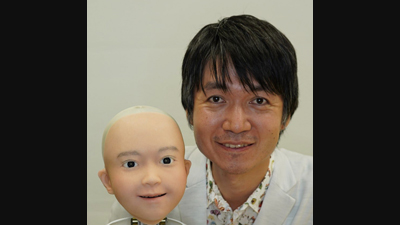
Yoshihiro Nakata, Associate Professor, School of Informatics and Engineering, Department of Mechanical and Intelligent Systems Engineering
September 28, 2023
10th UEC Seminar in ASEAN 2023: Ushering in a Decade of Interdisciplinary Excellence in ASEAN
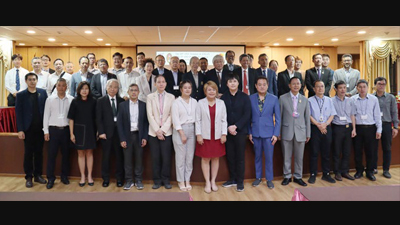
In a display of international interdisciplinary collaboration and academic excellence, the 10th UEC Seminar 2023, was held on Saturday 9 September 2023 at Suan Sunandha Rajabhat University, in the vibrant city of Bangkok, Thailand.
Research Highlights - Research
Turing patterns go nano
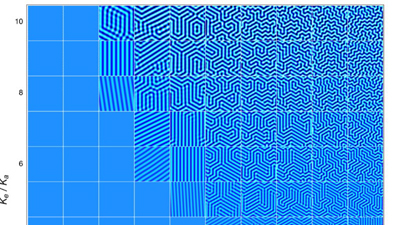
The formation of certain patterns in nature, such as particular animal skin stripes or spots, can be explained by means of reaction–diffusion theory. This formalism, developed by Alan Turing, is based on the presence of two components (called ‘activator’ and ‘inhibitor’) with different diffusion rates. These two-component situations can give rise to what is collectively known as Turing patterns, such as the stripes seen on the skin of tropical fish or emerging order in chemical systems. Typical length scales of biological Turing patterns range from millimetres to centimetres. For purely chemical systems, the characteristic lengths are usually sub-millimetre. Although reaction–diffusion theory does not pose limits on intrinsic length scales, Turing patterns on the nanometre scale are rare. Recently, however, Yuki Fuseya from the University of Electro-Communications, Tokyo, and colleagues have identified a new type of nanoscale Turing patterns in a monolayer of bismuth atoms on a substrate.
Impact of the largest Gamma-Ray Burst on the Earth’s ionosphere
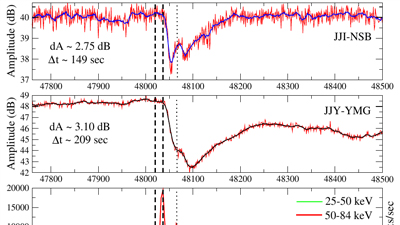
Satellites detect gamma-ray bursts most days but rarely do these events affect the ionosphere. However, when they do, they have a measurable impact on the propagation of Low Frequency (LF) and Very Low Frequency (VLF) radio waves there. Now researchers led by Yasuhide Hobara at the University of Electro-Communications have examined the impact of the Gamma-Ray Burst GRB221009A, which took place on 9th October 2022 and is the largest detected gamma-ray burst ever recorded on Earth. They reported their results in the journal Atmosphere on 20th January 2023.
Video Profile - Research
Artificial intelligence for energy, materials science, and quantum computing
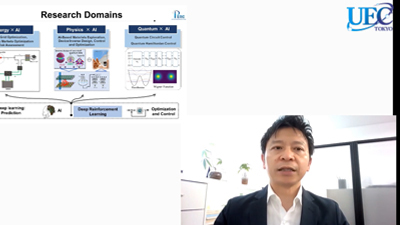
Tomah Sogabe
Associate Professor, Faculty of Informatics and Engineering
Video Profile - Innovation
Acoustic electronics
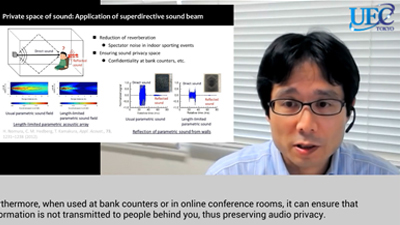
Hideyuki Nomura
Professor, Graduate School of Informatics and Engineering

